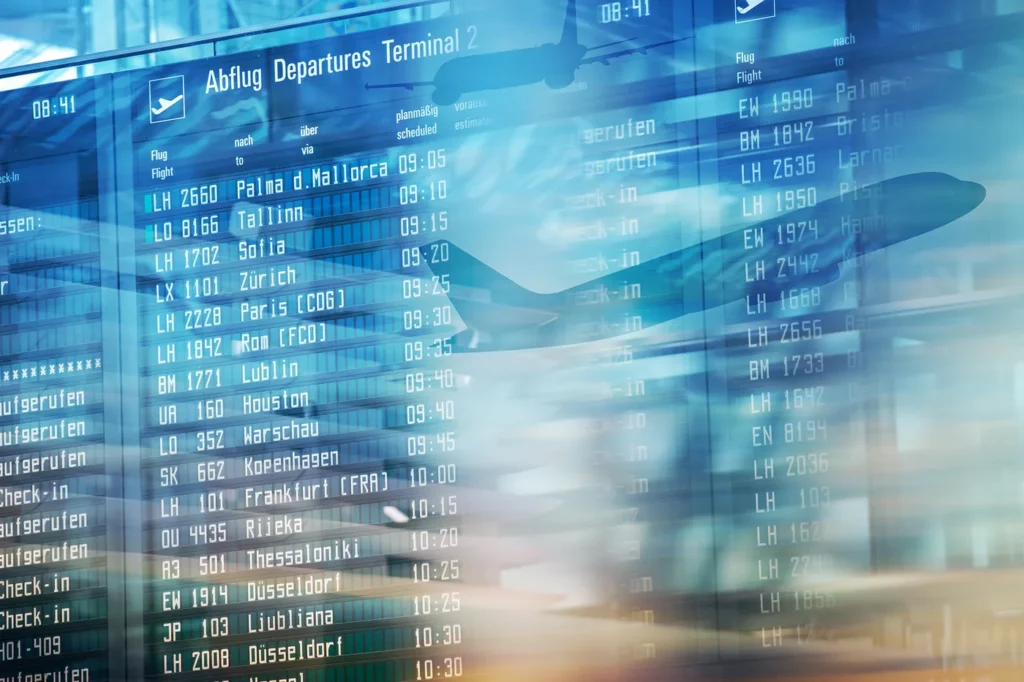
The aviation industry, with its dynamic pricing and complex service delivery, presents a fertile ground for AI driven data insights to revolutionize customer experience and revenue management. Understanding customer behavior through meticulous data mining is not just a competitive advantage; it’s a strategic imperative that is increasingly separating the successful airlines from those struggling to achieve profitability.
The crux of the matter lies in mining and interpreting the vast array of customer data at each touchpoint — from booking a flight to stepping off the plane at the destination. Each interaction is a goldmine of information, ripe for analysis. This data, when leveraged through predictive analytics, can shed light on patterns and preferences that are not immediately apparent, enabling airlines to tailor their offerings and maximize revenue.
Let’s embark on the customer’s journey to uncover how each phase can influence revenue management and retail pricing strategies;
Booking and Pre-flight Experience
The booking pattern is the first window into customer preferences. When do most customers book their flights? Which ancillary services — like extra baggage, seat selection, and meals — are they willing to pay for? This data can inform dynamic pricing strategies, allowing airlines to adjust fares based on booking windows and added services. It’s also instrumental in fine-tuning loyalty programs, potentially boosting revenue through repeat bookings.
Engagement with Digital Platforms
The digital engagement of customers via websites and mobile apps is a treasure trove for understanding user behavior. Airlines can track how different customer segments interact with their platforms and at what points potential customers abandon their booking. By optimizing the user experience and reducing friction, airlines can significantly enhance conversion rates, directly impacting their top line.
Airport and In-flight Operations
The check-in and boarding process can also offer insights. For instance, an understanding of peak times and customer flow can lead to optimized staffing, reducing overheads and improving customer satisfaction. Moreover, in-flight purchase patterns can feed into predictive models for inventory management, ensuring that the right products are offered to the right customers at the right time, enhancing sales and reducing waste.
Post-flight Engagement
After the flight, customer feedback becomes the focal point. Analyzing sentiment from surveys and social media gives airlines a clear picture of what’s working and what’s not. This feedback loop is crucial for continuous improvement and can impact customer retention rates, which is key to long-term revenue.
Linking all these insights to revenue management and retail pricing is where the true power of data insights through machine learning lies. Predictive models can enable airlines to adopt a more granular approach to pricing, known as personalized pricing, where offers are tailored to individual customers based on their behavior and preferences. Additionally, by anticipating demand through predictive analytics, airlines can employ revenue management techniques more effectively, adjusting prices and availability of seats to maximize profits.
Furthermore, retail pricing, particularly for ancillary services, can be optimized based on customer data. By identifying what customers value and are willing to pay for, airlines can package and price their services more attractively, nudging the customer towards higher-value options.
In conclusion, as airlines navigate the complex interplay between customer satisfaction and profitability, the utilization of advanced data analytics emerges as a crucial pilot. It’s not just about gathering data, but turning it into actionable insights that drive a more personalized customer experience and a more intelligent approach to revenue management and retail pricing. In the sky of the competitive airline industry, those who harness the power of data analytics are poised to soar.
